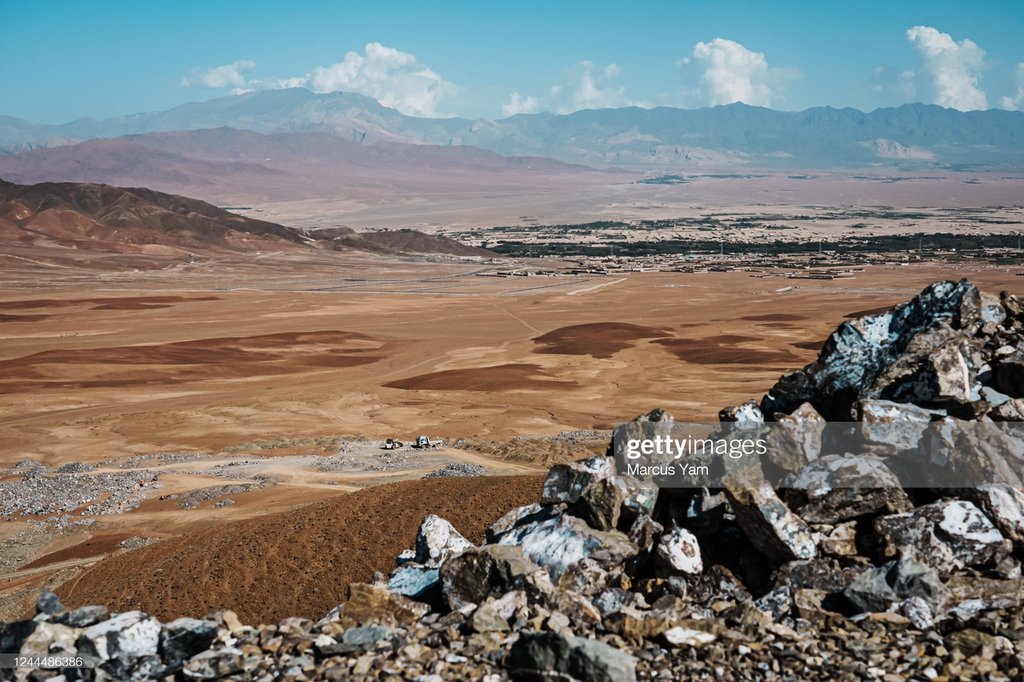Comment
Walking fashion’s sustainability tightrope
Can the fashion industry finally overcome the disconnect between wanting to sell as much as possible while fulfilling new sustainability objectives, asks Gherzi Textil Organisation partner Robert P. Antoshak.

As the US apparel market finds its feet is now the time to assess how it tackles sustainability? Credit: Shutterstock.
As a consultant, clients ask me two questions more than any other: How do we become more environmentally sustainable, and when will the apparel market turn around?
Not surprisingly, these are the central questions of our times. Still, they set up a seemingly interconnected relationship between sustainability initiatives and business objectives.
Let me explain. For an industry that prides itself on good fit, it's striking how some environmental advocates misjudge the practicalities facing clothing brands these days. It's not a case of proposing new ideas that fall on deaf ears but instead of those ideas failing to be realised in the context of a brand's business objectives. Most strikingly, many new ideas are challenging to scale while failing to fit the needs of making a profit.
There's no shortage of new ideas, that's for sure. However, because it's difficult to get brands to adopt these ideas, many initiatives have struggled to gain traction in the industry. No wonder there are so many initiatives; it isn't easy to scale to an all-encompassing standard. Consequently, the industry is left with overlapping or competing standards, which are sometimes misused in marketing campaigns by brands looking for cover in sustainability messaging with their customers.
We end up with greenwashing. Yet, the lack of a universal standard emanating from the environmental community ironically encourages terrible behaviour on the part of some brands. The more well-meaning an environmental programme is, the greater the odds some brands may misuse its goals, kick it to the curb, dress it up with cynical marketing — and a load of hooey.
Please don't misunderstand. The struggle to clean up the industry is essential. Besides the ethical issues posed by indiscriminate destruction of the environment, the realities of our industry's seeming disregard for its impact on the planet are appalling. If not by the advocates inside of brands, then they should be addressed by government regulators. Greenwashing and misuse of sustainability goals need to end.
But how does an advocate gain genuine buy-in through brand management? It's not easy, but there is a road map. I suggest checking out a new study recently published by Fashion Makes Change entitled "Scaling Sustainability Solutions in Fashion." This is essential reading for any sustainability person working at a brand.
After all, business is business
But we still have the business case to consider. Philosophical question of the day: does sustainability matter if there's no business? It's worth pondering. Our industry is predicated on overproduction. That's no secret. It all comes down to ensuring clothes are on the racks when anticipating demand. The last thing any brand wants to face is empty shelves and lost sales opportunities – like what happened during the pandemic. Yet, overproduction, by its very nature, is wasteful. And the rush to make stuff faster and faster bakes in new and inventive ways of cutting corners. When clothing doesn’t sell, so much ends up in landfills, burnt, or in an ocean.
So, we have an industry that wants and needs to make money but, thanks to environmentalists' advocacy, has come to grips with the reality that it makes too much stuff and pollutes the planet. Environmentalists may be less interested in the profitability of businesses than in their mission to clean up the industry. Still, without sound economics, there is no business.

Mines in Bayan Obo in Inner Mongolia, China, extract one the largest deposits of rare earth metals found in the world. Credit: Bert van Dijk/Getty images
A look at the US apparel market
Let’s consider the current state of the clothing market. What are the factors affecting the business? The US apparel market, for instance, has been terrible. Yet, how do we make sense of it these days? The market is no longer going in reverse but is stuck in low gear. There's growth, albeit modestly. The freefall witnessed after the bust-and-boom cycle of the pandemic has been marked by a return to normalcy. Let's look at some standard measures of market performance.
Many things are happening and there are other factors we could include in the market snapshot. Even so, the key takeaway from the data is that the market is recovering. Indeed, it's far from booming, but it has stabilised and shows modest improvement.
So, what's the narrative about the market? Here you go: Demand has improved, the pandemic-induced supply chain quagmire is history, inventories are down, and inflation and prices remain low, suggesting there's room for more clothing to be sold and, perhaps, at better prices as demand accelerates. The bottom line for our industry is to be patient. The market is mending. Baselines have been re-established, and demand has improved. Consumers are still spending on clothes, attitudes are better, and wallets are still open to purchase new clothes.
But this brings me back to sustainability. What's the narrative for that? Here you go: When the pandemic squashed the market, advocacy within brands for new sustainability programmes was a Sisyphean struggle at best. Companies struggled to survive; sustainability was a luxury they could not afford. But today, that will be less the case as the market improves.
The intersection of business and sustainability
Any such discussion about business and sustainability is risky, requiring a stroll on a tightrope. An improved market should cheer everyone. For sustainability advocates, will a reenergised market increase willingness to incorporate sustainability programmes substantively, or will things remain as before? The latter is more likely than the former unless something changes. A recovered market takes away the argument that we can't afford sustainability.
For a notoriously cheap industry, consumers keep their wallets open to buy your stuff; now it's time to put a crowbar into the industry’s collective wallet and pay for sustainability. It's better for the industry, better for its customers, and better for the planet.